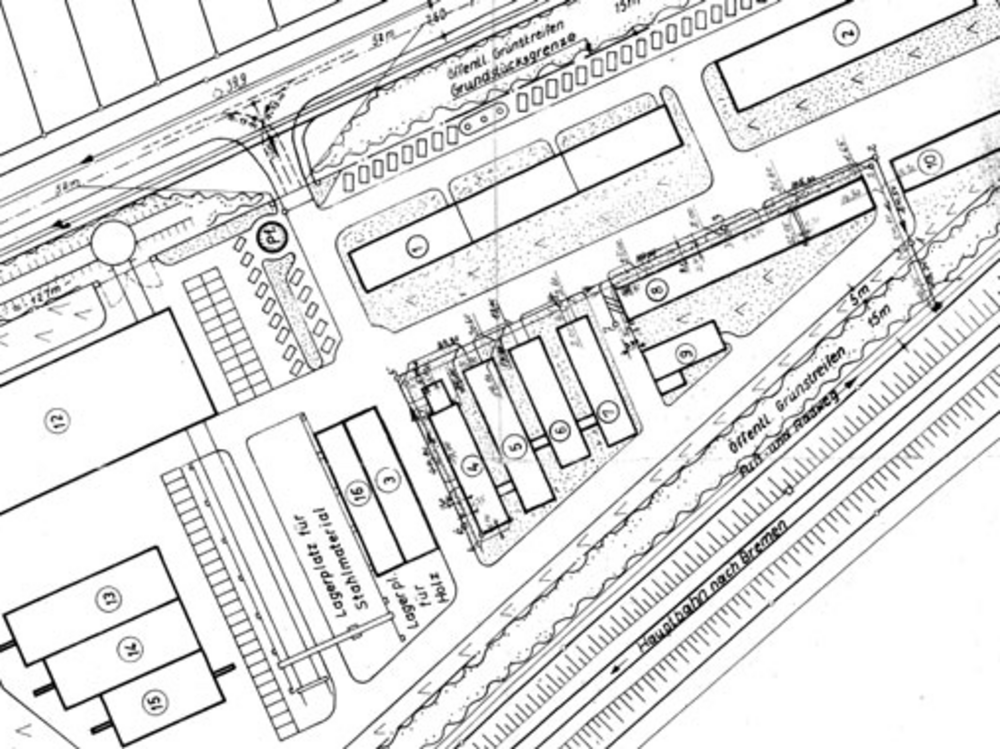

"Little Siemens in the heath"
In the late 1950s, when ELMESS Elektrogerätebau was based in Berlin-Spandau near Siemensstadt, a remarkable change was on the horizon. The introduction of the first explosion-proof electric electrical heater with integrated temperature monitoring in 1956 triggered an unexpected explosion in demand. The quality and innovation of ELMESS products quickly attracted attention and interest in the market.
However, the increasing demand also brought challenges. The production area in Berlin quickly became too small to cope with the onrush Herbert Schweda, the founder of ELMESS, often joked about the future of the company and stated: "If things continue like this, we'll drive Siemens out of Siemensstadt!"
However, the reality turned out to be somewhat different from Mr. Schweda's humorous idea. Fortunately, the Federal Republic of Germany launched a program to promote economic development in areas close to the border. This opportunity proved to be a blessing for ELMESS.
Supported by the funding, the company finally moved to Uelzen in the Luneburg Heath in Lower Saxony. This strategic decision proved to be a landmark for ELMESS, as it enabled it to expand its production capacities and further strengthen its innovative power. Siemens in Siemensstadt was able to maintain its location as a result, but ELMESS soon became known as "Little Siemens in the Heath" and was able to establish itself here as a leading provider of electrical heating solutions.
The development plan from 1966 shows 15 halls on the current company premises - up to Hall 6, they have already been realized.
This episode in the history of ELMESS is an example of how innovation, adaptability and the right strategic decisions can drive a company forward. It also shows how external factors such as government funding can have a significant impact on a company's success.
